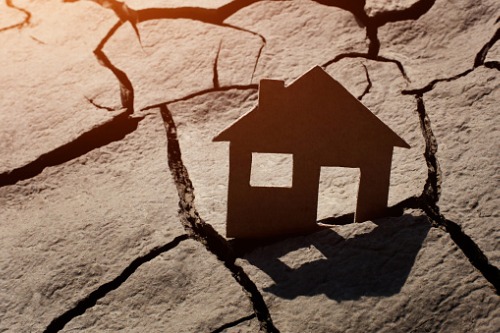“Understanding the impact still requires a lot of effort”

The finance sector needs to do more to help communities adapt to natural hazard risks, according to property data and analytics firm CoreLogic, which noted that more and more areas are being affected by things like coastal erosion, leaving properties vulnerable to damage.
Head of consultancy and risk management Pierre Wiart said that other sectors have been aware of the issue for a significantly longer period of time, and that, ultimately, communities pay the price for having inadequately prepared homes. He said the finance space needs to become more active in helping borrowers prepare for natural hazard risks, particularly in higher-risk areas.
Read more: CoreLogic joins investor group to address climate change
“Of course, the full impact of climate change is not yet fully understood,” Wiart commented.
“Understanding the impact still requires a lot of effort and we’re still going through the various models and what they mean, so it’s definitely a work in progress. But what we’ve learned so far from the insurance industry, which has been facing natural disasters for a long time, is that it affects properties - both homes and businesses - and it also affects communities.”
“When a disaster occurs, that often results in very large bills which are supported by local and international capital,” he explained.
“But for the communities, it translates into a drop in vacancy rates, and often an increased demand for resources.”
Wiart noted that the number of higher-risk areas has been slowly increasing over the years, and affects both rural and high-density urban areas. He said ensuring that residents are well-prepared will make a significant difference when natural disasters strike, particularly as the severity of these events is only going to rise.
“Resilience is all about helping communities adapt to future risks,” Wiart said.
“We know that new risks are being identified, such as coastal erosions in the Waitaki District in New Zealand - but also in urban centres like in Sydney, Australia. The impacts of bushfires should also be looked at, as it’s likely they’ll get bigger in the future.”
Read more: Industry welcomes RMA reform
“We need to help the residents of these areas with the resilience aspect, and we need to get them access to better housing, help them understand about roofing and anchoring, and ensure they have access to all this information about where they live and how they can improve those buildings,” he explained.
“Understanding all of this information, from the properties to the natural hazards, is a key component of improving and supporting communities in general.”



